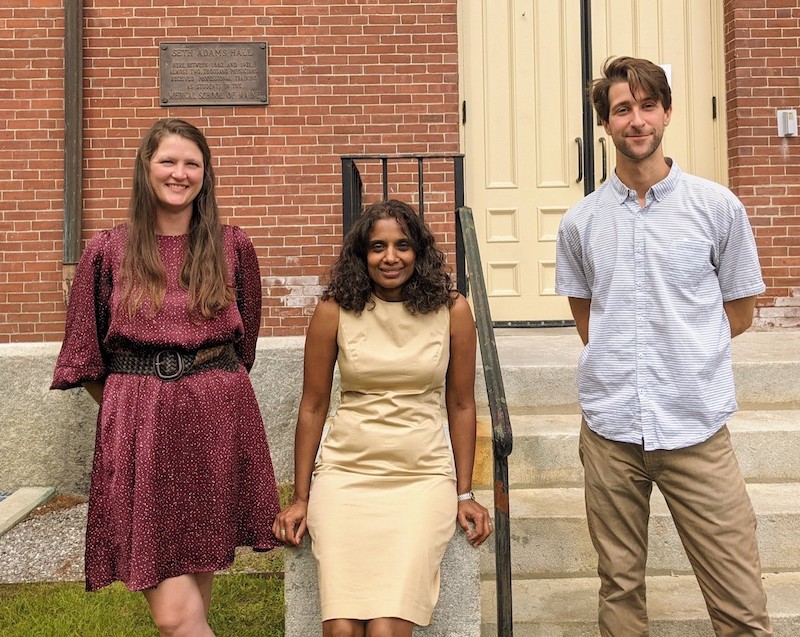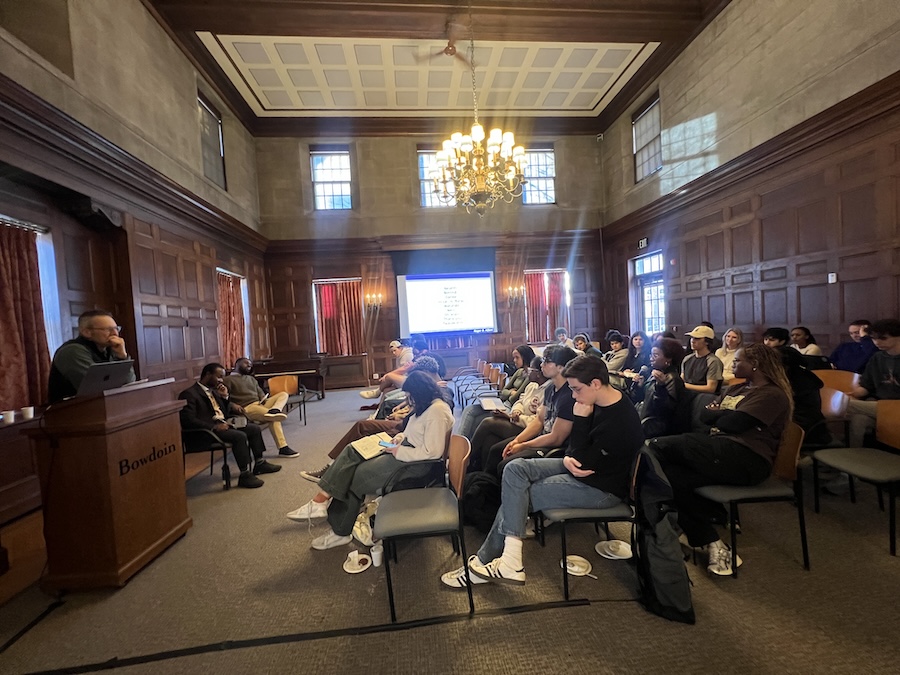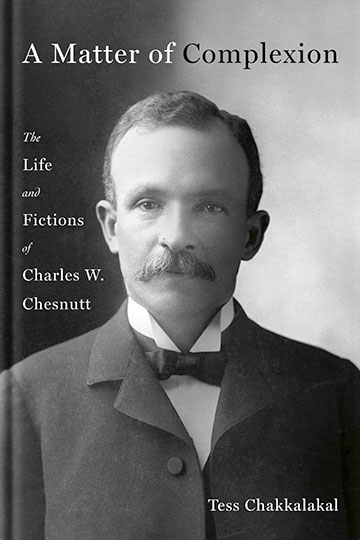Students and Local Museum Create New Exhibition on the Slave Trade in Maine's Maritime History
By Kyubin Kim ’22
Only a twelve-minute drive from campus and located in the picturesque “City of Ships,” of Bath, Maine, the Maine Maritime Museum (MMM) preserves and studies Maine’s seafaring past and culture.
This semester, the museum is collaborating with Bowdoin's Introduction to Africana Studies course—taught by professor Tess Chakkalakal—to investigate a subject it has not focused on before: the Atlantic slave trade and its part in Maine's maritime history.
According to Sarah Timm and Luke Gates-Milardo ’14, educators at the museum, the partnership with Bowdoin students arose from a couple of factors. The racial reckonings of 2020 prompted museums across the nation, including the MMM, to think critically about their collecting processes and institutional biases. Additionally, the MMM has been expanding its notions of what “maritime” means and including more underrepresented perspectives in its examination of the history of sea trade and travel.
The museum’s collections team has uncovered documents in the last year that have never been displayed before, including captain’s letters, ship logbooks, and cargo bills that reveal names of those involved in the slave trade. In addition to bringing to light overlooked items, the museum has started to reframe the historical significance of common objects it holds in its collections. “From a cotton shirt to a glass cup, these items can be interpreted and displayed in a way that tells another story, like the cotton trade," Timm said. "This way, we place importance on the everyday and not just people with names.”
Last spring, when Timm and Gates-Milardo considered who might be best positioned to tell these untold stories, they reached out to Chakkalakal, chair of the Africana Studies department and Bowdoin's Peter M. Small Associate Professor of African Studies and English. Chakkalakal suggested they work with students in her Introduction to Africana Studies course. Throughout the summer, the Bowdoin professor and museum educators brainstormed a syllabus that would be conducive to a collaborative effort between students, academics, and museum professionals.
While the class readings are ones typically used in an introductory class—focusing on individuals like Phillis Wheatley and Frederick Douglass and on the history of America and Africa—Chakkalakal adapted her curriculum to align with the museum's project, and some homework assignments are geared toward museum studies. Students will work closely with Timm and Gates-Milardo to research MMM’s collection, taking the lead on every aspect of creating the exhibit, from collection research and artifact selection to design and installation.
Recently, Timm and Gates-Milardo co-taught the class for the first time, using the Bowdoin College Museum of Art as a case study to think about objects as a way to tell a story, and to emphasize that stories are never objective.
While co-teaching, Timm was inspired by the commonalities knitting together Africana studies, the African diaspora, global studies, and maritime heritage and history. “It’s all global,” she said. “It’s all these movements of people and goods.” The objects at the Maine Maritime Museum can help illuminate for both students and museum visitors how local histories have global implications, she added.
Beyond engaging with Maine's past, students will challenge a national movement regarding the removal of “bad” history, Chakkalakal said. She pointed to the thematic exigency of the course: “Right now in the country, the world, the Western hemisphere, there’s this real movement to destroy. Destroy monuments, destroy history, erase. And it’s gained a lot of momentum. Another way to think about those monuments and how they represent the past is to do something that Fred Wilson is doing. Why not get into the gallery or the strip in Richmond with all the Confederate leaders? Why not add to it? Why not put up a statue of Frederick Douglass? Why insist on destroying instead of reimagining and reconfiguring?”
Gates-Milardo reiterated that the goal of the collaboration is to “contextualize the way we tell history by adding more narratives.” Timm added, “and to recognize that it’s complicated.”
With an ethos of 'don’t erase, complicate,' the new Bowdoin collaboration with Maine Maritime Museum pioneers a type of experiential learning where students’ work will have an audience, allowing them to make a tangible impact on opening up history to new interpretations.
The forthcoming exhibition will be on display from December 16, 2021 to May 27, 2022 at the Maine Maritime Museum.



